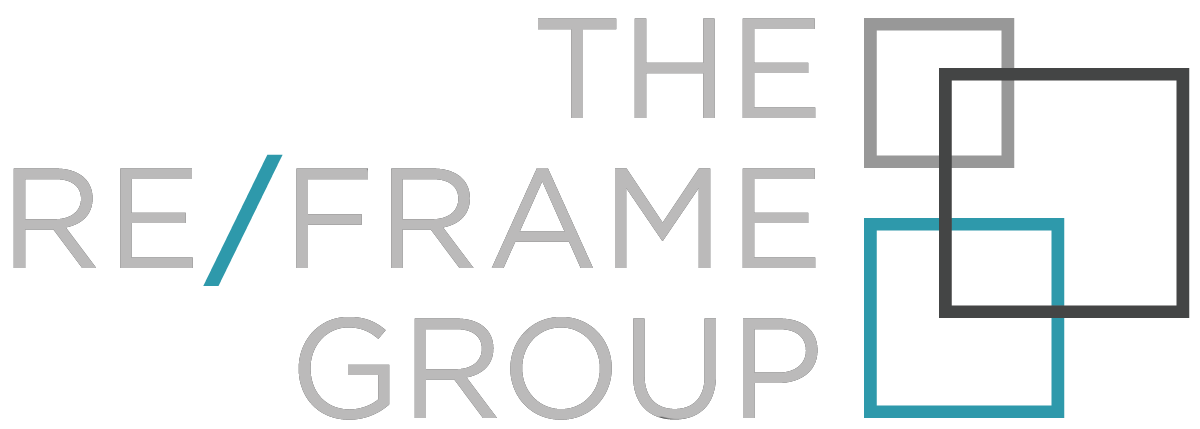How a Hard Market Is an Opportunity to Save Money on Your Insurance
If you have been in the market for insurance, renewed your policy, or follow insurance news (why?!) you might have heard that we are currently in a hard market.
The property and casualty insurance market (think: home, business, liability, auto insurance, etc.) is cyclical and always fluctuates between a hard and soft market. These fluctuations have an effect on the availability of insurance and pricing. To understand why that is, you need to understand how insurance companies make money.
How Insurer’s Make Money
Insurance companies make money in 2 ways: underwriting profit and investment income.
An insurer earns underwriting profits when they collect more in premiums than they pay out in claims. Investment income refers to investment returns generated from investing the premiums collected from clients.
What Is a Hard Market?
- Poor investment returns
- High losses (i.e. catastrophic events)
- Economic conditions like recessions can cause businesses to forgo insurance, purchase less coverage, or see a decline in revenue/payroll (one of the key factors used to calculate premium)

How to Save Money on Insurance in a Hard Market
Just because it is a hard market does not mean you have to resign yourself to paying the 10-30% premium increases that I’m seeing. There are ways for you to control your insurance premiums and even win a decrease.
In one case in late 2020, I helped a client (a publicly-traded hardware/tech company) save ~25% on their insurance premiums after taking over the file from the previous advisor.
1) Do Your Due Diligence
The business environment changes rapidly and so does your business. In such a climate, does it really make sense to review your insurance policies annually (or sometimes even less)?
Review your coverage, limits, and benchmark your premiums against other similar businesses. Check to see if your business operations, revenues, and property are classified properly. Improper classifications and breakdowns are – in my experience – the single biggest cause of overpricing. Running a comprehensive due diligence process can let you know if you’re overpriced or are already priced correctly with the best rates possible.
2) Hire Only 1 Agent
As a business leader, you’re probably used to getting 3-4 quotes for each project before picking 1 provider. This works great in most things but not in insurance for several reasons.
Most businesses who go to market to quote usually don’t end up switching insurance companies. Underwriters know this too so they won’t give our file priority or much attention/effort at all. An “exclusive agent” will get more attention from underwriters and marketers meaning you’re more likely to have a higher quality submission, more interest from underwriters, and lower premiums as a result.
At the end of the day, we (advisors) all work with the same handful of insurance companies. Once a company has released a quote to one advisor, that market is “blocked” and they cannot release quotes to other brokers.
So unless an advisor has access to a specialty market or program that nobody else has, you’re best served doing your research, hearing from different advisors, and picking one to move forward with exclusively.
3) Creating Competition
This one is related to #2 above. The idea is to create competition and interest amongst carriers and not advisors. A skilled advisor will know how to leverage one carrier against another to help you secure the best rates and terms possible for your business.
They will also know how to work with underwriters to address their concerns and feel comfortable with the risk thereby reducing rates and enhancing insurability.
4) Timing
Commercial insurance is complex and there is a lot that goes into determining insurability and pricing. Underwriters are busy people – especially during a hard market where capacity is shrinking and people are remarketing their policies causing a wave of submissions.
Make sure you get started at least 3 months out at a minimum depending on the complexity of the business and market conditions. This gives everyone enough time to get data, do loss control visits, and most importantly, put together a high-quality submission that makes it to the top of the pile.
Starting early also gives your advisor enough time to get quotes from as many different markets as possible ensuring you get the best rates and terms.
5) Quality Submissions
Think about the last time you wanted to buy something: a house, some widget on Amazon, whatever. Did you click and spend time looking at something that had no description, no pictures, and no price listed? Probably not, right? The same goes for insurance submissions to underwriters.
A quality submission will have the following characteristics:
- Provide complete and additional information such as the company’s policies and procedures, contracts, photos of facilities, etc.
- Build a good narrative about the company culture, leadership team, employee retention rates, etc. to show that this is a high-quality business
- Be proactive about disclosing claims and any corrective action plans taken
- Bonus Points: talk to them on the phone or invite the underwriter out to visit the facility themselves
Without a quality submission, all the other steps would be useless.
Sound like a lot of work? No worries, these are all things your advisor would be doing. If you want someone to help take this off your plate, get in touch!


